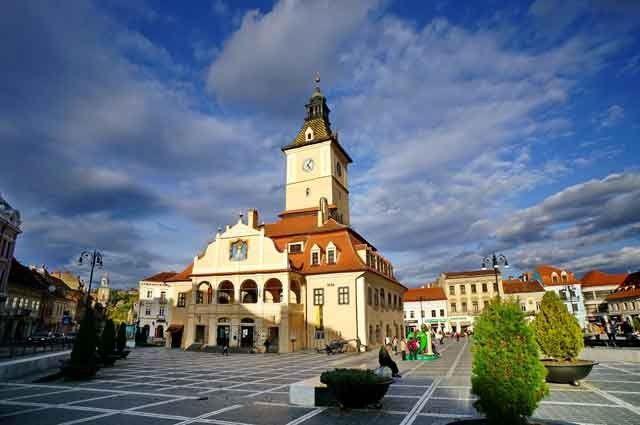Regions to travel in Romania
Below you’ll find the most popular region to travel in Romania and information about them. Romania has a lot of tourist attractions to show to its visitors. Every region has a different characteristic and you’ll be always surprised by something new. You can choose for a tour in certain area or for a longer trip in which you’ll discover more places and different type of sights.

Transylvania
Transylvania is the largest region of Romania, a place which combine the medieval aspect of the castles, fortresses, old towns and villages with natural places of rare beauty with well preserved customs, traditions and crafts and delicious home made or natural food and drinks. Book a trip to Transylvania and discover this amazing region.

Maramures
Visit Maramures – the land of wooden chuches, wooden gates and well preserved traditions and crafts. Have a tour in Maramures to understand the local rural life, way of living, to visit the cultural heritages, to taste home made food and drinks and to relax in a splendid countryside area. Maramures is a great choice as part of a longer vacation in Romania or you can just choose for a rural holiday in Maramures.

Bucovina
Bucovina- the land of famous painted monasteries, it is a region of great beauty and spiritual life. Here can be visited the most important old monasteries built and painted in 15th-16th century which have amazing frescoes on the exterior walls. Many of these monasteries are included in the UNESCO World Heritages list. Natural beauty, traditions and cusine will complete your experience in Bucovina.

Wallachia
Wallachia is the southern region of Romania, between the River Olt and Danube. Here lies Bucharest is the capital city of Romania and the largest city in the country. It is a great destination for a city break in Romania and the most important starting/ending point. The Old Town of Bucharest is a great place to explore the city or for your leisure/shopping.

Danube Delta
Visit the Danube Delta, the Heaven of wildlife and nature lovers. The place where the Danube river flows into the Black Sea, forms a great delta, considered to be the last wild territory of Europe. It is a maze of water canals, islands and lakes, with just a few cozy fishermen villages. Danube Delta is a sanctuary which hosts more than 300 species of birds and 150 species of fish.
Romania tourist attractions

Brasov
Brașov is a charming medieval city in Romania, nestled in the Carpathian Mountains. Known for its stunning architecture, including the Black Church and Council Square, it offers a perfect blend of history, culture, and natural beauty. A must-visit destination for any traveler exploring Romania. It is a perfect base for your trip in Romania.

Nature and Animals of Romania. Danube Delta.
I will tell you some important things about Romania’s flora and fauna. Nowadays, one-third of Romania's territory is a mountain area, largely forested, where most of the interesting flora and fauna are to be found. Another third of the country territory is hills and plateaux areas, with a fair quantity of woodland still remaining, and another third is a plain area, most intensively farmed.

Constanta
Dobrogea or Dobrogea is a historical region in the Balkans that has been divided since the 19th century between the territories of Bulgaria and Romania. It is located between the Lower Danube and the Black Sea and includes the Danube Delta, the Romanian coast, and the northernmost part of the Bulgarian coast. The territory of Dobrogea is made up of Northern Dobrogea, which is part of Romania, and South Dobrogea, which is part of Bulgaria.

OLT County
The Olt county keeps the vestige of an amazing culture. The archeological digs, proved the existence of human settlements, starting from the oldest times of history like the ones from Pietrii Culture, Cris Culture, Vadastra, and Salcuta.

Calarasi County
Calarasi county is placed in the southeast of Romania, bordered by the Danube to its southern side.

Bucharest
The capital of Romania is first documented for the first time in 1462 during the time of Radu cel Frumos brother of Vlad the Impaler. It first, became the capital of Romania in 1859 when Alexandru Ioan Cuza established the capital of the new state Romania in Bucharest. Bucharest was developed very well during the time of Carol I - our first king of the Hohenzollern -Sigmaringen dynasty.
